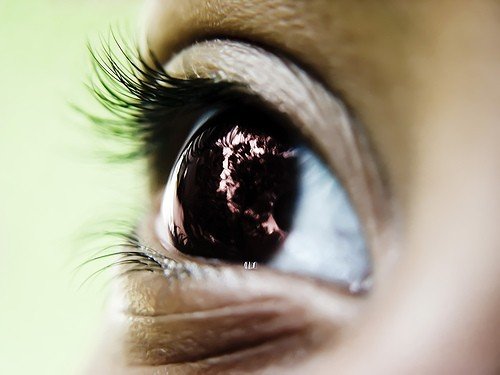
People with brown eyes are more likely to suffer from seasonal affective disorder (SAD) than people with blue eyes.
Researchers from the University of South Wales and Girne Amerikan Üniversitesi studied 175 students. Initially, they filled out a questionnaire to see to what extent someone's mood changes with the seasons.
It turned out that while there were no differences in mood between students from Wales and Cyprus, the mood of people with brown eyes was changing much more than that of people with blue eyes.
The second test examined how the brain reacted to faces expressing different emotions. In this case, it was found that SAD students more often favour the left field of vision and therefore process their faces with the right hemisphere.
The tendency to use the left field of vision and the right hemisphere to identify facial expressions occurs in the general population [...], but in people who suffer from more conventional types of depression, the prevalence of the right hemisphere is generally diminishing. In the case of SAD, we found that reliance on the left half of the field of vision was increasing. This suggests that the causes of SAD are different from, say, the bipolar disorder," says Prof. Lance Workman.
We know that light entering the brain causes a drop in melatonin levels. Since blue eyes let in more light, this may lead to a greater drop in melatonin during the day [which in turn increases activity] and therefore blue-eyed people are less susceptible to seasonal depression. A Welshman even suggests that the blue eye mutation was also created to protect the North's population from SAD.
The second survey, conducted by Workman and Dr. Sandie Taylor, was based on data obtained from online questionnaires filled in by 2031 adults. This time it turned out that women mentioned full-size SAD 40% more often than men. For every 100 men with seasonal depression there were as many as 140 women with this disorder. This was also the case with the lighter form of SAD. There is also evidence that women of childbearing potential suffer from the most severe form of seasonal depression.
Workman adds that SAD can be an exaggeration of the reaction patterns that occur mainly in women and that allow them to save energy during their reproductive life. According to a Welsh person, it may be a strategy that supports the survival of the mother and her offspring. After all, SAD symptoms are not only a depression and lack of drive to work, but also a desire for carbohydrates.
A few days ago, the results of the studies were presented at a conference of the British Psychological Association.